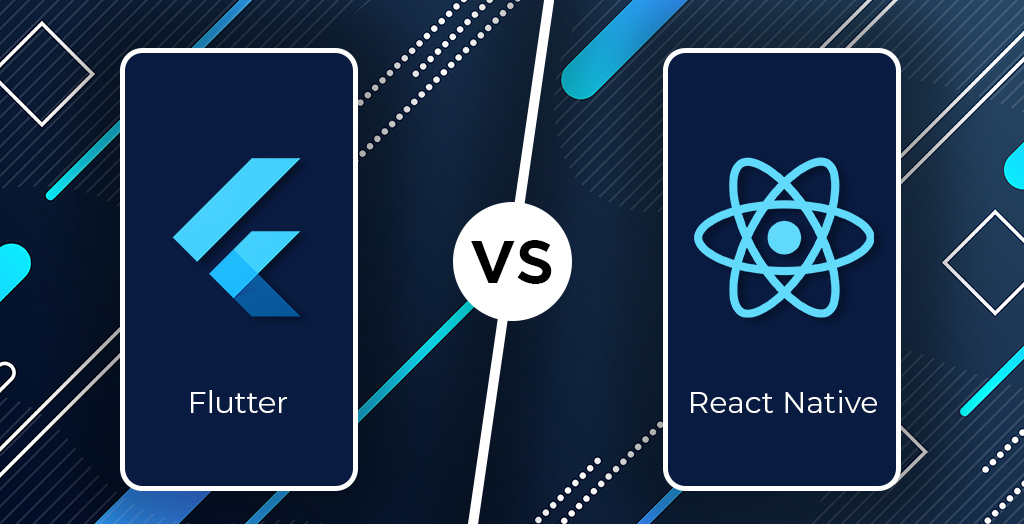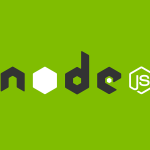In the fast-paced world of mobile app development, two frameworks have remained dominant in 2025 Flutter and React Native. Both have enabled developers to create high-performance applications for Android and iOS using a single codebase. As these technologies continue to evolve, choosing between them requires a deeper look at their current performance, ecosystem, and future potential.
Table of Contents
Evolution of Cross-Platform Development
Initially, developers needed to maintain separate codebases for Android and iOS applications, which led to increased time, cost, and maintenance challenges. Cross-platform frameworks like Ionic and Xamarin provided partial relief, but performance and native user experience were still limited.
React Native, introduced by Meta (formerly Facebook) in 2015, revolutionized the industry with its near-native performance and JavaScript foundation. Google followed with Flutter in 2018, offering a more integrated rendering approach through the Dart language. By 2025, both frameworks have become industry standards, each serving millions of developers and businesses.
Performance Comparison
Performance is often the most significant deciding factor in app development.
Flutter uses its own rendering engine, Skia, which allows it to control every pixel drawn on the screen. This results in consistent performance and smoother animations across all platforms. The framework does not rely on the underlying operating system’s UI components, which makes it highly predictable and fast.
React Native, on the other hand, uses a bridge between JavaScript and native modules. Although new advancements like the JSI (JavaScript Interface) and Fabric Renderer have improved performance, Flutter still maintains an edge when it comes to raw speed and rendering consistency.
Verdict: Flutter provides better overall performance, especially for visually complex applications.
User Interface and Design
Flutter provides a comprehensive set of pre-designed widgets that closely follow Material Design for Android and Cupertino standards for iOS. Developers can customize these widgets easily and achieve pixel-perfect consistency across devices.
React Native depends on native UI components, which ensures a more authentic look and feel on each platform. However, differences in component behavior between Android and iOS can require additional fine-tuning.
Verdict: Flutter offers greater design consistency and control, while React Native delivers a more authentic platform experience.
Programming Language and Developer Experience
React Native relies on JavaScript, one of the most widely used programming languages in the world. This makes it easier for web developers to transition into mobile development.
Flutter uses Dart, a language created by Google. While Dart is less common, it provides strong typing, modern syntax, and excellent compile-time performance. Its combination of just-in-time and ahead-of-time compilation gives it speed advantages during both development and production.
Verdict: React Native has a lower learning curve, but Dart provides better performance and stability once mastered.
Development Tools and Ecosystem
React Native benefits from the extensive JavaScript ecosystem, offering access to thousands of libraries, packages, and tools available through NPM. Its Fast Refresh feature helps developers make quick UI adjustments during development.
Flutter provides a powerful and unified SDK that includes everything from UI components to testing tools. Its Hot Reload feature allows instant updates during development without losing the app’s current state.
Verdict: React Native offers more third-party flexibility, while Flutter delivers a more complete built-in toolkit.
Web and Desktop Expansion
One of Flutter’s major strengths in 2025 is its cross-platform reach. It now supports web, desktop, and embedded platforms in addition to mobile. Developers can use a single codebase to deploy applications across multiple operating systems.
React Native remains primarily focused on mobile development, though community projects like React Native for Windows and macOS provide limited desktop support.
Verdict: Flutter leads in platform versatility and cross-device scalability.
Community Support and Longevity
React Native benefits from a massive developer community built around the JavaScript ecosystem. It remains a safe choice for teams already working with React on the web.
Flutter’s community has grown significantly in recent years, backed strongly by Google’s continuous updates and official support for multiple platforms. The ecosystem now includes stable plugins for Firebase, machine learning, payments, and advanced UI design.
Verdict: React Native has a larger community, but Flutter’s official ecosystem is growing faster and becoming more reliable.
Final Verdict
Choosing between Flutter and React Native in 2025 depends on your project goals and team experience. Flutter offers superior performance, consistent design, and true cross-platform capabilities that extend beyond mobile. React Native, however, remains ideal for teams experienced with JavaScript who prioritize flexibility and large community support. Also Check Impact of Blockchain on Non-Financial Industries – Free Guide 2025







1 thought on “The Battle of Frameworks – Flutter vs React Native in 2025”